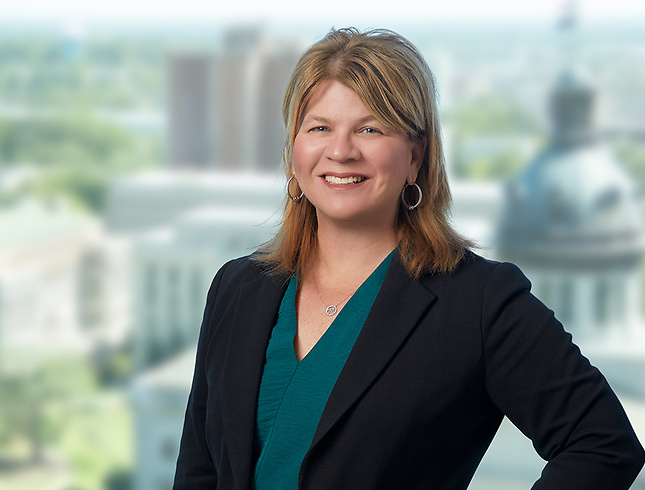On June 22, 2020, President Trump issued a Presidential Proclamation restricting foreign nationals from entering the United States on certain temporary work visas. Just two months earlier, on April 22, 2020, the administration temporarily suspended the entry of most foreign nationals seeking to enter the United States as Lawful Permanent Residents (also known as Green Card holders). The articulated reason for both directives is to protect U.S. workers from job competition during the economic recovery related to the COVID-19 pandemic.
Who is Restricted?
The Executive Order, which takes effect on June 24, 2020, suspends the ability of foreign nationals seeking to enter the United States in three (3) categories: (1) H-1B or H-2B visa; (2) J-1 visa if participating in an intern, trainee, teacher, camp counselor, au pair, or summer work travel program; and (3) L-1 visa (both managerial/executive and specialized knowledge positions). The restriction also applies to family members seeking to accompany or follow to join a foreign national in one of the above-referenced classifications. Importantly, the E visa, B-1/B-2 and O-1 visa categories are unaffected by the Order. The Order is set to expire on December 31, 2020, although it will be reviewed at 30 and 60-day intervals and may be modified or extended.
Order Limitations/Exceptions
The Executive Order has broad limitations and exceptions. Specifically, the limitation on entry only applies to individuals who are outside the United States; do not have a nonimmigrant visa that is valid on June 24, 2020; and do not have an official travel document other than a visa that is valid on June 24, 2020, or is issued on any date thereafter that permits the individual to seek entry or admission. Also, the limitation does not apply to an individual who is: (1) a Lawful Permanent Resident (Green Card holder) of the United States; (2) a spouse or child of a U.S. citizen; (3) seeking to enter the United States to provide temporary labor or essential services to the United States’ food supply chain; or (4) whose entry is found to be in the national interest. The national interest exception covers individuals who are critical to the defense and/or national security; involved with providing medical care to individuals who have contracted COVID-19 or research related to COVID-19; or are needed to facilitate continued economic recovery of the United States.
The restrictions listed in the Executive Order do not apply to any individual present in the United States on June 24, 2020 and will not affect individuals seeking a change of status to the H-1B classification based on FY 2021 H-1B cap filings. Foreign nationals currently in the United States who are seeking an extension of their nonimmigrant status are also exempt from the Order. Additionally, F-1 student employees working on Optional Practical Training (including STEM extensions) are not affected by the Order.
Even if outside the United States, the ban on entry into the United States does not apply to any foreign national holding a valid nonimmigrant visa as of June 24, 2020. The Order does not specify the type of visa an individual must hold in order to be exempt, which means a foreign national who currently holds a visitor visa (B-1/B-2) would be excluded from the restrictions of the Order. While this could be interpreted to mean that individuals with a valid visitor visa may be eligible to obtain a visa in one of the restricted categories, this is not currently clear and the administration may provide clarification in the coming days.
What is Next?
In addition to the entry restrictions, the Executive Order directs the Departments of State, Labor and Homeland Security to consider implementing new regulations related to the H-1B visa program as well as the EB-2 and EB-3 Green Card programs. The administration directs the agencies to ensure foreign nationals admitted or provided a benefit under these programs do not disadvantage U.S. workers. While the EB-2 and EB-3 programs already require employer-sponsors to test the U.S. labor market to demonstrate hiring a foreign national does not adversely affect U.S. workers, the H-1B program has no such requirement. The administration has discussed requiring a test of the U.S. labor market in the H-1B program since 2017.
Given the latest Order and surrounding uncertainty of future regulations, employees should delay any travel plans abroad, and employers should work quickly to file work visa and employment-based green card applications.
Conclusion
The immigration landscape has been fluid and fast-paced over the past few months, with the United States Supreme Court issuing a major immigration-related decision last week on the DACA program in addition to the two Executive Orders. The Burr & Forman immigration team will continue to monitor developments and provide updates.
- Partner
Melissa Azallion Kenny is the Chair of the firm’s Immigration practice group. She has more than 20 years of experience advising clients on business immigration and labor and employment law issues. Ms. Kenny represents clients in ...
- Partner
Anna represents businesses, families, and individuals with the process of obtaining legal immigration status for key employees and loved ones. She interacts directly with the client at every stage of the process, from finding the ...
- Partner
Jon Eggert has experience assisting and advising clients on business immigration and labor and employment issues in a wide range of industries, including higher education, healthcare, hospitality, and manufacturing.
His ...



